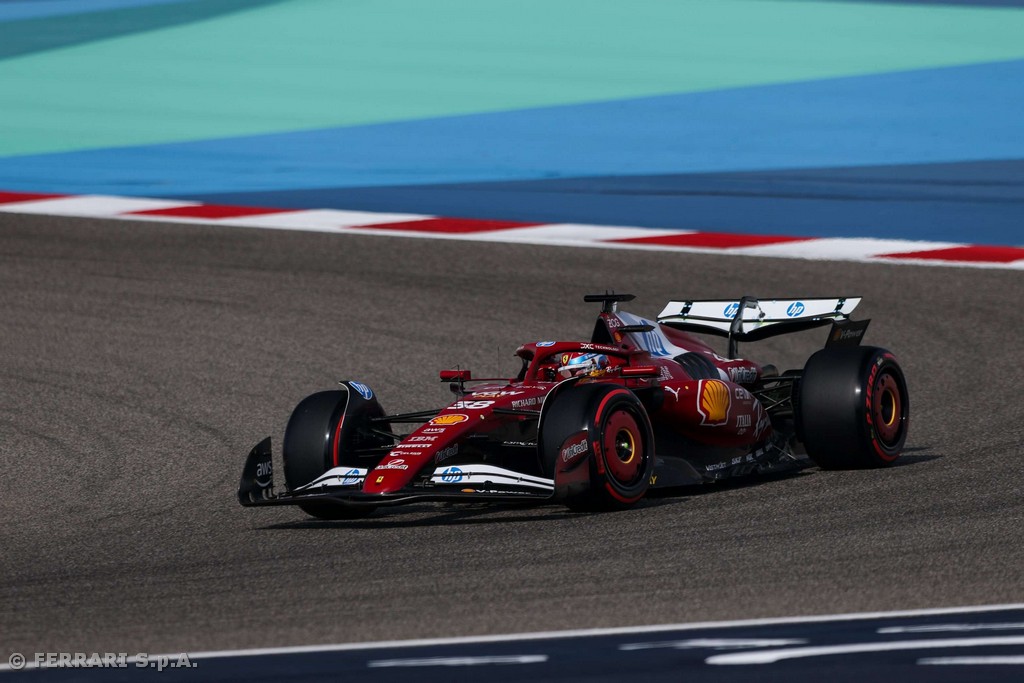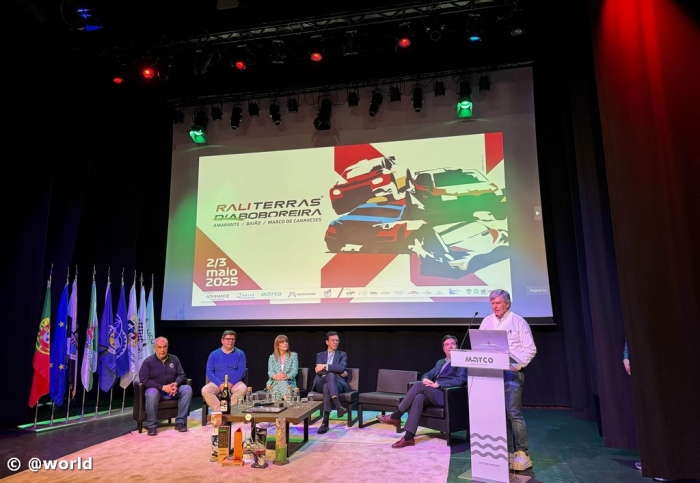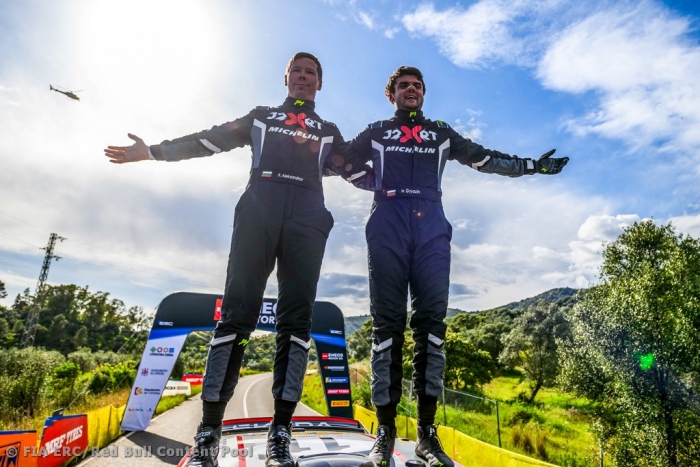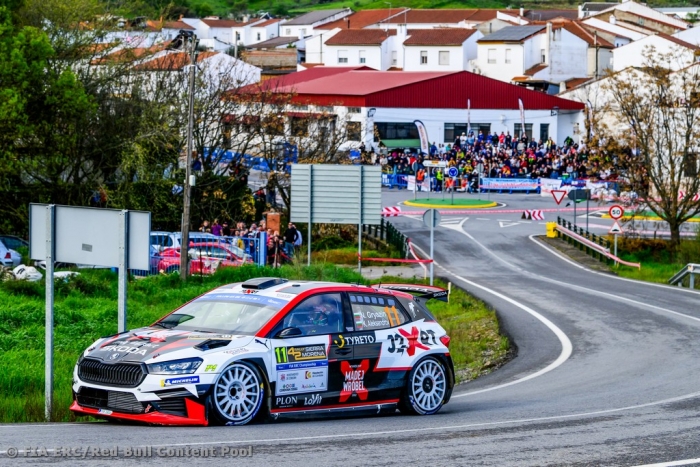Following on from the Grands Prix in Japan and Bahrain, the first triple-header of the year comes to a close, still in the Middle East, in Saudi Arabia. Round 5 of the Formula 1 World Championship takes place at the Jeddah Corniche street circuit, notable for high speeds and the technical challenges it throws up for drivers and teams.
The track. Running alongside the Red Sea, the 6.174 kilometre track is the second longest on the Formula 1 calendar after Spa-Francorchamps. It boasts 27 corners and holds the Formula 1 record for the highest number of direction changes. It has the characteristics of a street circuit, but in reality it is a permanent facility located in the city, with long flowing corners and several high speed sections, with an average lap speed of over 250 km/h between the concrete barriers. There are three DRS zones, which make for plenty of overtaking opportunities. The first is on the main straight, the second is between turns 19 and 22 and the third on the back straight that leads onto the final hairpin before the start-finish line.

Strategy. Air temperatures above 30 degrees are expected in Jeddah, dropping to around 23-24 when the sun goes down. The track surface is not very abrasive which suggests that a one-stop strategy is the way to go, but the track characteristics, with the walls always ready to catch out the unwary, mean teams have to be ready to modify their strategy in the case of any unexpected incidents in the race.
Programme. The weekend follows the usual format, with the first two free practice sessions on Friday at 16.30 local (15.30 CEST) and 20 (19 CEST). The third free practice session starts on Saturday at 16.30 (15.30 CEST) followed by qualifying at 20 (19 CEST). On Sunday, the race also starts at eight o’clock in the evening (19 CEST), run over 50 laps, for a distance of 308.45 km.
Frédéric Vasseur Team Principal
The first triple-header of the season comes to an end in Saudi Arabia at the Jeddah Corniche Circuit which features very different characteristics in terms of layout and track surface compared to Bahrain last weekend. In Sakhir, we made small steps forward in terms of competitiveness, thanks to an improved car performance and a solid performance from the team in both qualifying and the race. Over these few days in Maranello, we’ve continued to work hard analysing the data, and we want to approach the Jeddah race with the same objective. We must stay focused on ourselves, as that is the best way to try to extract the maximum from the package at our disposal and make steady progress to close the gap that still separates us from those ahead in the standings.













